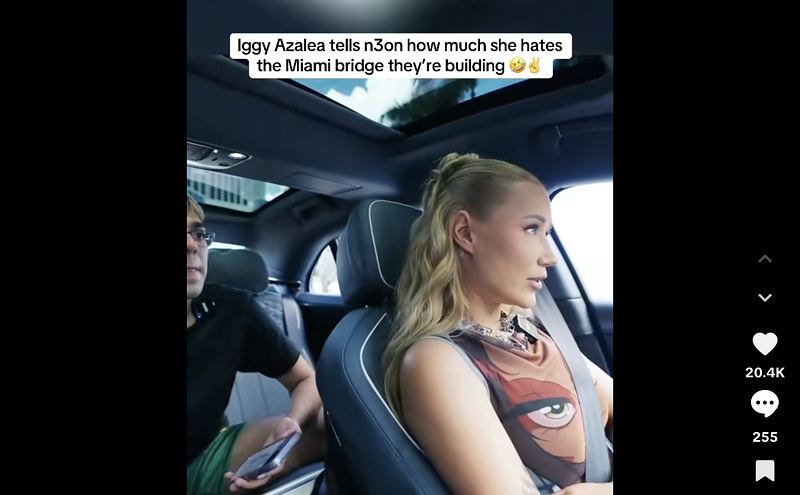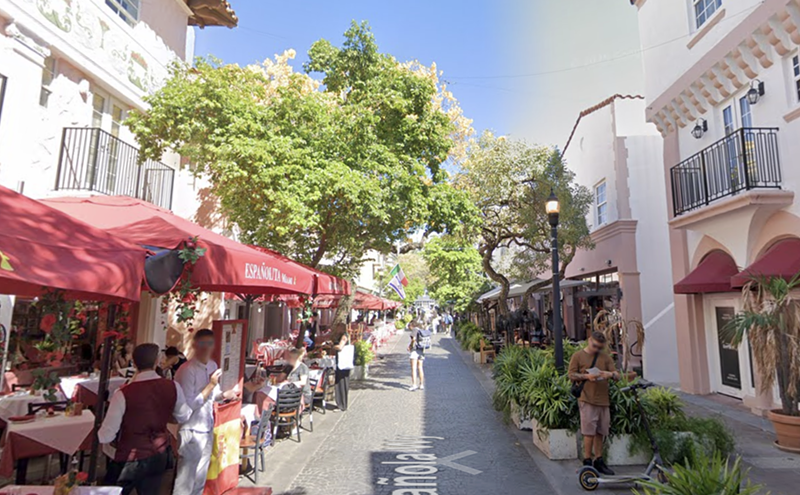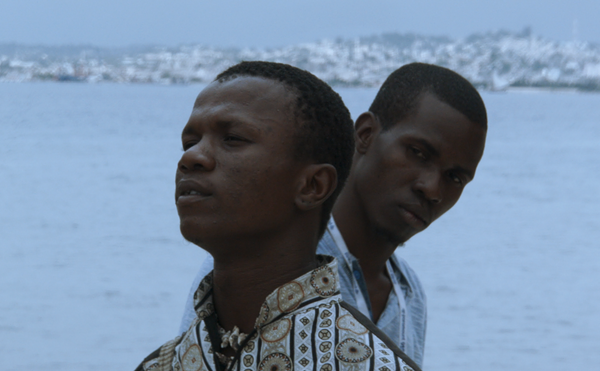Two years ago Parrot Jungle added "Creatures in the Mist," a presentation featuring reptiles, insects, and other denizens of the rain forest. For the last seven years the park has hosted a wildlife show. And for the last ten years apes and monkeys have been permanent residents of the jungle. Now the latest exhibit, Monkey See, Monkey Do, marks the arrival of a few more primates.
The jungle, which will relocate to its new home on Watson Island in roughly two years (thanks to the county government's generous offer to guarantee millions in federal loans), seems to be getting rather crowded these days, so why more monkeys? Is the park having identity problems? "Certainly we're known for our birds, but we do look for diversity," explains Eric Eimstad, director of marketing at the jungle. "Our efforts in raising awareness about monkeys and apes can only benefit other attractions here in town that have them."
Awareness and more than a few monkey hackles will be raised when seven of the 200 living species of primates -- monkeys, apes, prosimians, and humans -- take part in the exhibit and educational program, which debuted last week and runs four times a day. Swinging around will be prosimian ring-tailed lemurs; Old World (lacking prehensile tails) and New World monkeys, including lion-tail macaques, white-faced capuchins, baboons, and colobus monkeys. And two types of apes: white-handed gibbons and orangutans. On loan from Metrozoo and a few private foundations, some of the primates are full-grown; others are babies.
Since none of the animals is trained, don't expect any kooky tricks, just informative lectures about the lifestyles of the individual primates that will surely point out the parallels to our own meager existence. The susceptible simians will be displayed in a fenced-off habitat -- at a safe distance from possible disease-carrying humans -- so don't count on feeding or touching them either.
While the added enticement of monkeys will probably not draw bigger crowds than those who attend the parrot acts, another local attraction known as Monkey Jungle can't be thrilled that the competition is moving in on their territory. Could they possibly retaliate by adding parrots to their collection of primates? "Oh, I don't think so. We're good friends with Monkey Jungle," Eimstad says, downplaying any rivalry. "Other attractions feature trained birds. But we don't have plans to bring a killer whale in here any time soon!"
-- Nina Korman
Monkey See, Monkey Do is on view daily at 11:30 a.m., 1:30, 2:45, and 4:00 p.m. at Parrot Jungle, 11000 SW 57th Ave. The park is open from 9:30 a.m. to 6:00 p.m. Admission ranges from $8.95 to $12.95. Call 666-7834.












